Think you have what it takes? Think you’re an amp master? We’ve created a comprehensive quiz to separate the Satsumas from the Tangerines! Test your knowledge and see if you can reach BLOOD ORANGE.
[wpViralQuiz id=298499]
Think you have what it takes? Think you’re an amp master? We’ve created a comprehensive quiz to separate the Satsumas from the Tangerines! Test your knowledge and see if you can reach BLOOD ORANGE.
[wpViralQuiz id=298499]
Of all the genres of music, country is exceptional.
Formed by a continent of migrants, country music is a concoction of hardships and woes interlaced with the music and culture from across the globe. Its predecessor, Roots, spawned a vast array of musical styles that have since split and reconnected many times over.
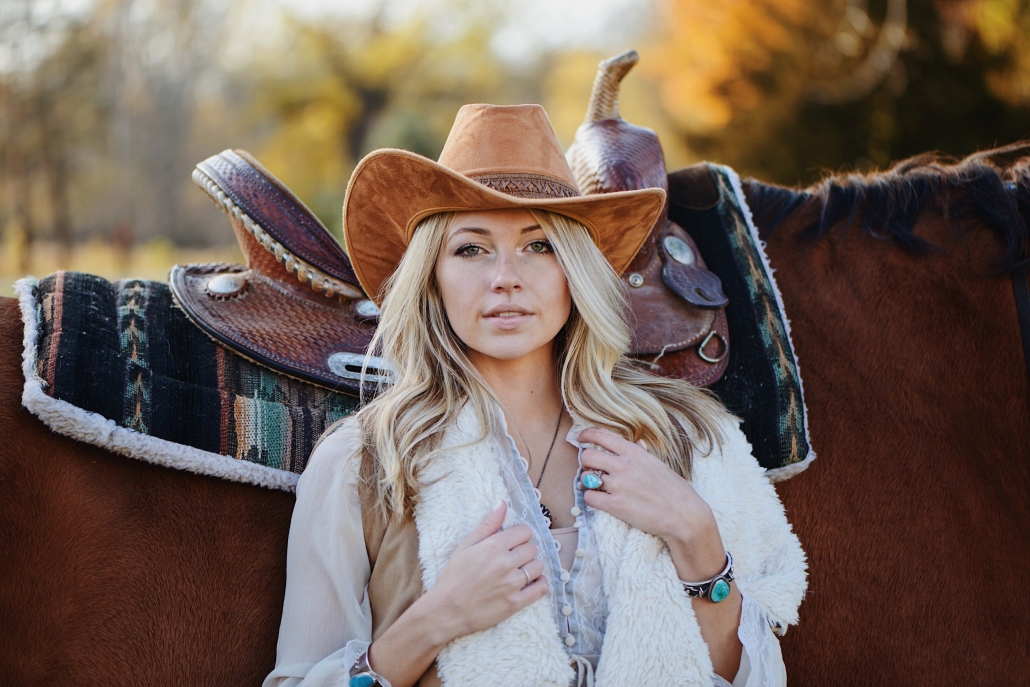
It’s music built on experimentation and where one in a million chance happenings seem to occur on a frequent basis. Swerving the direction into new unexplored areas, just as the pioneers had done way back when.
Although there were many country greats before Johnny Cash, the Rockabilly sound of the 50s, driven by amplified guitars, was a defining moment in the evolution of country music. Luther Perkins, ‘the original man behind the man in black’ paid a huge part in that with his signature ‘boom-chicka-boom’ sound which defined the genre.
It is said that Perkins’ style of playing came by chance when defective equipment left him little choice but to dampen his strings with his palm. Consider the classic locomotive stomp from the hit song ‘Fulsom Prison Blues’. To pull that off requires skill and equipment capable of bringing out those tonal nuances.
The Orange TremLord 30 was designed with careful consideration to players needs, offering a compact 30-watt all-valve combo that replicates the golden age of Country tone. It’s a sweet sounding amp with an Orange twist, featuring those classic EL84 tubes that add a little British character to the mids.
What makes this amp unique is the custom made Lavoce 1×12” speaker providing a smoother top end along with more headroom before the amp starts breaking up. It’s the perfect match for players looking for responsiveness; faithfully replicating the subtlety and spacious voicing of that golden age.
Eloquent clean tones can be ceremoniously battered by a crashy, splashy beast of a tube driven two-spring reverb tank that oozes with vintage class. If you want to add in delays or compression for a truly authentic sound, the low impedance 12AT7 tube driven FX loop gives you flexibility without sacrificing on tone. Even at lower volumes, Tremlord 30 is designed to be switched all the way to 1-Watt, ideal for even the most intimate spaces.
Speaking of intimate spaces, it was Mearle Haggard experience of watching Jonny Cash perform at San Quentin State Prison in 1959 that lead him to pursue his calling in country music. As far as country players go, Haggard is what Joe Strummer was to Punk Rock; he provided a stark contrast to heavily producer controlled music that choked the mainstream airwaves.
The music was called the Bakersfield sound and its reverberations have cut deep into the music of America, influencing the artists like the Grateful Dead, Credence Clearwater Revival and The Flying Burrito Brothers. These artists, in turn, influenced the Southern Rock movement, and at its peak in the 70s, guitarists began to turn to the grunt of an all-tube British amplifier.
Our flagship Orange AD30 is an ideal midpoint between the classic country tone and that synonymous British sound that harks back to the heyday of the all-valve amplifier. Its balanced and natural compression is the perfect all-rounder amp for country picking. If you need more heat, the second channel gives you more attack while still emphasising the bottom end for a full-bodied tone.
On one side of the ravine, a glassy formation looms ominously; its meteoric rise is a paragon of success and excess. Below, overshadowed by the enormity of its neighbour, a gritty cliff edge juts out over the ravine.
And there’s no way better to explain it, mainstream traditional and pop country guitarists usually opt for the open and glassy chimes of an amplifier with those iconic American 6V6 tubes. It’s a path well trodden.
Artists like Tim Montana and The Shrednecks aren’t just pushing the envelope of sound, they’re pioneering a new wave of southern rock that’s like a sonic punch in the face. The bastard love child of ZZ Top where smashing out riffs like Thor’s hammer on the Rockies is just another day in the trailer park. Their weapon of choice is the Rockerverb MKiii.
This boozed-up, steroid-fuelled monster is no roadhouse frequenter. It’s built for a hardcore workout on the road with a feast of total delights that range from chimey cleans and iconic gain tones of a classic British crunch right through to a fistfight with Satan himself.
But others choose to expand the frontiers.
Not so long ago the general public could distinguish the difference between that classic American tone and the British sound. While they are fundamentally different, the lines have become blurred. That’s when the magic happens.
Take modern country artist Claudia Hoyser, her amp of choice is the Rocker 15. It’s an amp that is perfectly voiced to bring out the natural sound of the instrument, the perfect accompaniment for Hoyser’s sultry vocal styling. Sensitive to the touch of dynamics and oozing with valve warmth the Rocker 15 begs one question.
How long before others walk the line?
To purchase tickets for Cambridge Folk Festival, visit their website here: www.cambridgefolkfestival.co.uk
FESTIVAL DATES: 1ST – 4TH AUGUST 2019
As if summer wasn’t great enough as it is with longer days and being able to leave your house without a coat and brolly, summer is also peak-time festival season which means swapping office-time for field- and fun-time on a very regular basis. We’ve already had our fair share of fun this season with Desertfest, Download and Black Deer – to name a few, and now it’s time for us to get at it, yet again.
In a couple of weeks, we’ll be dusting off our cowboy boots as we head to Cambridge Folk Festival for a long weekend 1st to the 4th of August. The festival, which was first held in 1965, is one of the longest standing folk festivals in the world, which despite of it’s name, hosts an eclectic variety of artists and performers ranging much wider than just folk.
As we all know, festivals can be a somewhat daunting experience with a bunch of incredible artists playing, and manoeuvring oneself through the lineup deciding who to watch when is a difficult task. That’s why, we’ve decided to share our top four at this year’s festival – these can’t be missed;
Jack Broadbent first became a household name, or sort of, when a video of him busking in Amsterdam went viral on Youtube. Equipped with a hip flask for slide and whiskey infused vocals, Broadbent have been bringing dirty blues to the younger generations for quite some time now, playing festivals such as Montreux Jazz Festival as well as smaller venues such as London’s Jazz Café. Personally I have yet to catch him live, but based on reviews and life footage I feel like it’s safe to say he’s a must-see at this years festivities.
I first saw Ben Caplan in January 2016 playing London’s Hoxton Square Bar & Kitchen, deciding there and then that he would be the musical highlight of 2016 – which he definitely was. He has somehow got this ageless thing to him here he plays and sings with such tenderness and charisma that you at times wonder if he might be from another era – until you realise that he’s actually just some early 30s 21st century guy which is just way better than all of us combined.
This one is a no brainer, surely you don’t expect us to get into why you should catch Graham Nash at the festival…? Well, if so, how about his astonishing tenor voice and contributions to ‘Crosby, Stills & Nash’ or his ‘Rock and Roll Hall of Fame’ induction? If that doesn’t get ya – he’s also got four honorary doctorates, meaning he’s not just a better musician in us, but a better human being all in all – might as well go bask in the ambience.
This list wouldn’t be complete without Lucinda Williams, the country and blues artist who had to wait nearly two decades for commercial success after releasing her debut album. Mixing elements of country with rock, americana and blues, Lucinda’s honest lyrics have helped her maintain an authenticity that is rare to see in this day and age, making her a must see at this year’s festival.
Accounting/Office Manager
We are looking for a key individual to join our team in the role of Accounting/Office Manager.
The position is Monday – Friday 9:00 AM -5:00 PM. No weekends or major holidays. We offer several benefits including vacation/sick time, employer paid health, dental, and vision. All job references will be verified prior to employment offer. Company is located in Norcross, GA by Jimmy Carter and 85. Local applicants only please.
Summary of Position:
This multi-faceted, hands-on position is centered on providing operational and accounting leadership for the company at its Atlanta location and reporting into its Head Quarters based in the UK.
This person will be responsible for providing company leadership, along with supporting all aspects of its accounting function, and some HR duties.
Essential Skills and Qualifications:
Candidate must have 5+ years’ experience as a full charge bookkeeper or accountant with a demonstrable track record of increasing job responsibility and career advancement
Formal education or training in accounting practices and methods
Proficiency in SAP Business One Enterprise software strongly desired
Must be adept at negotiation and problem resolution; strong people skills are essential.
Key attributes:
Attention to detail, confidentiality, thoroughness, and professionalism
The successful candidate must:-
Exhibit leadership, mentoring and a positive attitude to other staff members and external partners to maintain company culture and achieve financial success
Candidates should include salary requirements with cover letter to: [email protected]
Experience:
Accounting/Bookkeeping: 5 years (Required)
Office Management: 3 years (Required)
Human Resource support: 3 years (Preferred)
SAP Business One: 2 years (Preferred)
Education:
4 year college/university (accredited) BS or BA (Required)
Work authorization: United States (Required)
Once upon a time, when guitars amplifiers needed batteries to operate…
For most of us today, the concept of life without guitar amplifiers seems like ancient folklore. In reality, there are people alive today that lived through the invention of the guitar amp. Long before Les Paul created the electric guitar, a world existed where, if you wanted to hear sound amplified, you would go to a movie theatre or public address to hear sound through large and expensive sound systems. It wasn’t until 1927 (according to Wikipedia) that the portable PA and Speakers became available for musicians.
It’s all in the tone
It wasn’t until the 1930’s that amps had an acceptable form of volume and tone control. Some of these early invention had deadly voltage issues and while I haven’t found any stories about musicians getting killed by their amplifiers, you can sense the poetic irony in the thought alone.
By the 1950’s the kinks seemed to be getting worked out and vibrato and reverb became a standard.
The truth gets distorted
Distortion was the tone that seemed to change the game for the popularity of the electric guitar. In the 1950s guitarists like Chuck Berry began experimenting with the distortion. Once Dick Dale worked with Fender to help design the first 100 watt amplifier, the door opened to the world of amplification that came to the forefront of music in the 1960s.
With pioneering musicians like Jimmy Hendrix and Dave Davies of The Kinks, the leash was taken off and the way amplifiers were being used in the process of creating effects and distortions created an extra sense of purpose to the amplifier.
Cover your frequencies
As would be expected, competition between amp manufactures pushed the purpose of the amplifier to suit the needs for an increasingly electrified world. The needs of electric piano, bass guitars, synthesizers and organs, made the expansion of frequency and tonal range inevitable.
In came the subwoofers!
Tube, Solid State, Current State
As specifications changed and got more focused, amplifiers were offered in different configurations. Amplifiers made use of vacuum tubes or solid state transistors, sometimes both. Really, it was and is all about the desired tone. Each type of semi-conductor, be it tube or transistor, have a their own vibes. A guitarist like Jimmy Page of Led Zeppelin might want one tone, while Bob Weir of The Grateful Dead will want another. In addition to that, the amplifiers became optional to have separate then the speaker cabinet, allowing the musicians to pair the amplifiers they like the best with their favorite speaker cabinet. Fortunately, for musicians from the beginner guitarist to Geddy Lee of Rush, the options are expansive, with a high range of options in everything from tone and look, to weight and price.
Looking into the future
While the trends are looking like amplifiers are getting lighter and smaller and packing the same, if not better punch than ever before, there is a creative element to the music experience that will keep the amplifier as an important part of the musical experience. As a musician, I can attest that people pay attention to the look of gear as much as they do to the sound. The classic look of a well designed guitar or bass amp will never go out of style. If anything, the popularity of amplifiers like Orange Amps, shows just how much a musician takes pride in having gear that stand out both visually and audibly. If I had to predict the future, something that I foresee, or maybe would just like to see, is the increase of modular capabilities built into amplifiers. Imagine Jimi Hendrix holding his guitar up to his amp and getting a distorted arpeggiator effect!!
Contributor Adam Chase is the CEO of InstrumentFind.com and a professional touring musician that has performed with everyone from Santana, Aersosmith and Crosby Stills & Nash to Fred Wesley, Clyde Stubblefield and George Porter Jr.
Adam is also a managing partner at Chase Family Music, a company that books and manages bands and puts on events and concerts around the country with an expansive knowledge of the music industry.
Follow Adam on:
https://instrumentfind.com
https://chasefamilymusic.com
Twitter at @adamchasemusic1
Facebook at @therealadamchase
Instagram at @adamchasemusic
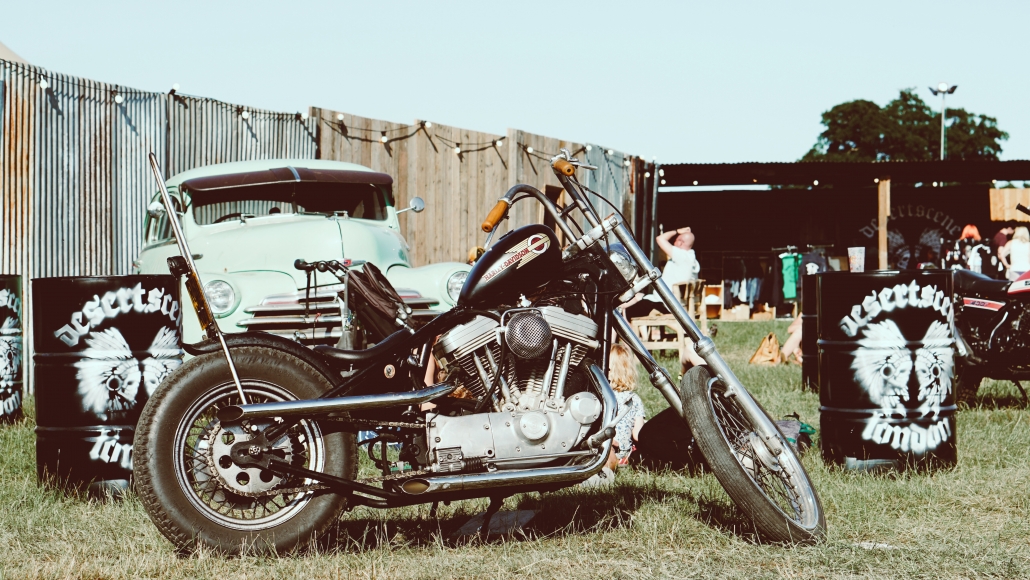
A couple of days have passed, and it’s time to reflect on yet another festival. This weekend just gone we were at Black Deer festival in Eridge Park, Kent, and for once the weather gods were on our side – three days of mostly beautiful sunshine in even more beautiful surroundings. Ahh, England, you’re pretty alright at times.
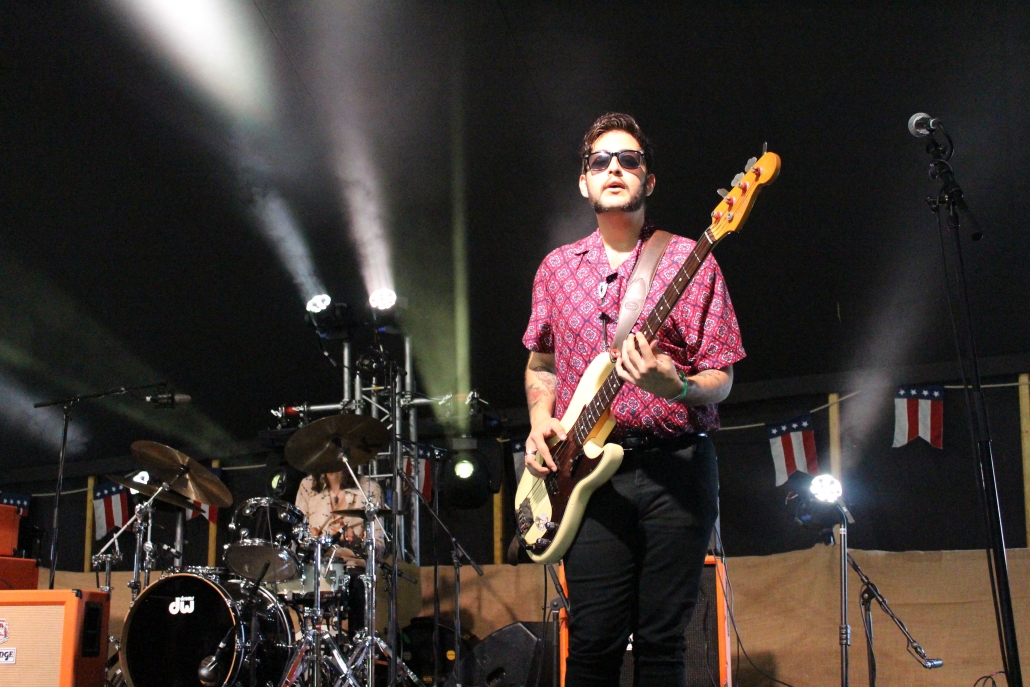
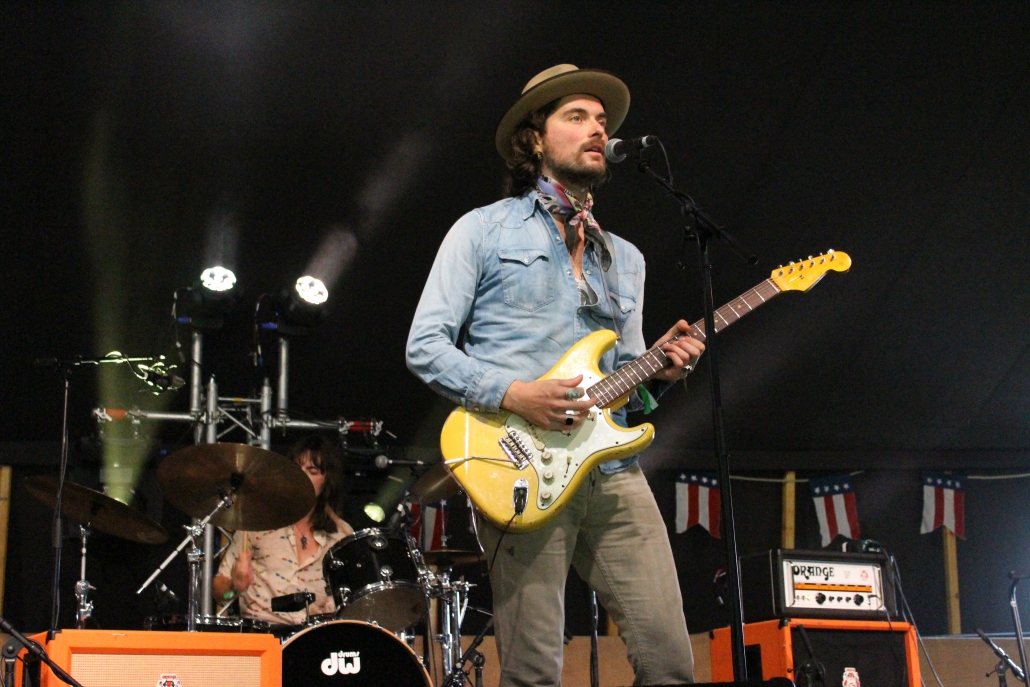
Upon arrival we had just about recovered from Download the weekend before, and it felt quite refreshing to be able to give the good ol’ ears a bit of a rest from the heavy riffs and rock, and take in some soothing guitar harmonies and country vibes from the likes of The Sheepdogs, Kris Kristofferson and more. Of course, we still got a solid portion of the heavier side of it all due to Desertscene London’s Roadhouse takeover, but we’ll get to that later.
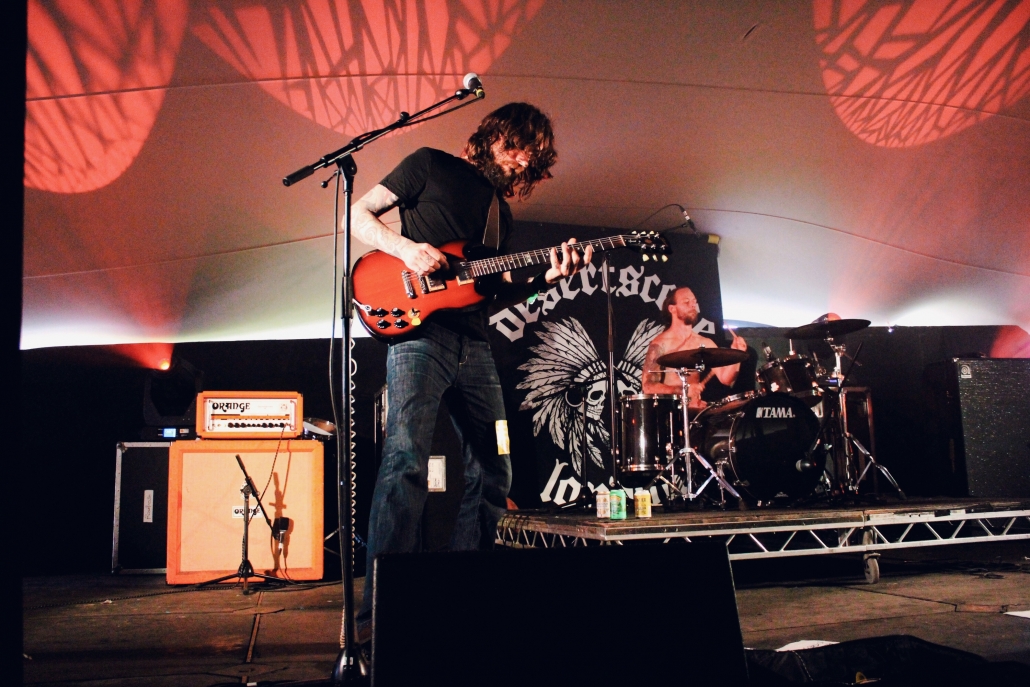
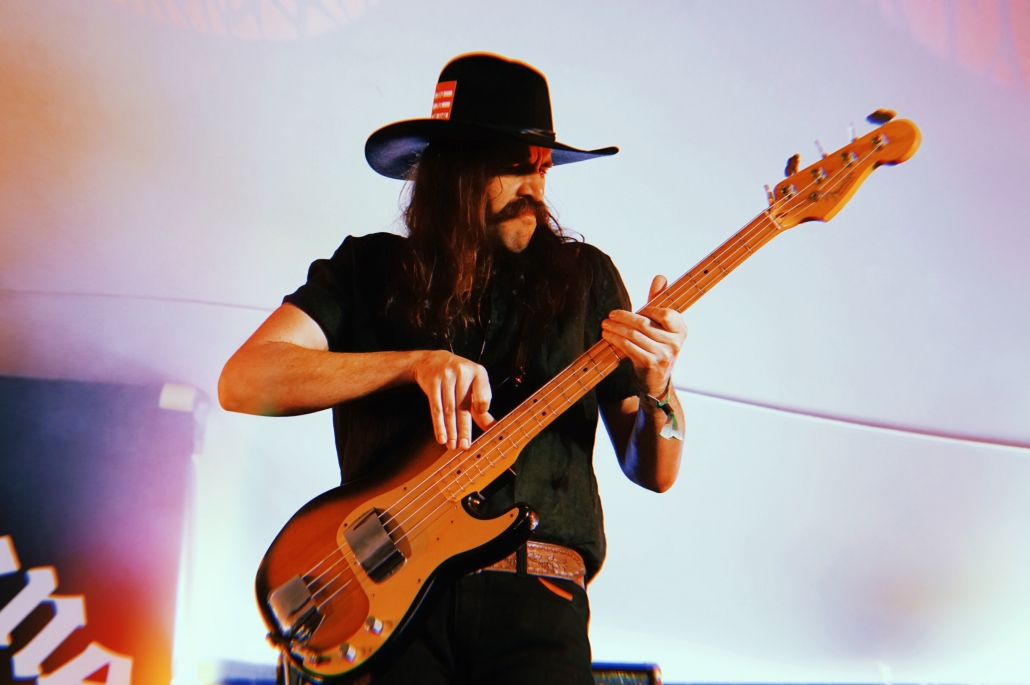
Only in it’s second year, Black Deer seems very well established at pretty much every aspect from line up to traders, which saw a decent selection of vintage clothing, custom made guitar straps, cigar box guitars, cowboy hats and boots shops, vintage posters (including a 1979 original Hawkwind poster to the neat price of £195, I’ll take two, please), and a bunch of other cool stuff I was not expecting to wanting to throw my money at while out and about in a field. As far as food went, they had a pretty spectacular selection of vendors serving up southern BBQ, tacos, pizza, mac n cheese, as well as live cooking in the ‘Firepit’ with on stage cooks and professionals.
Our presence at the festival was, well, everywhere, as we were supplying the backline for all four stages. We had a variety of acts approach us post show sharing their excitement over the amps, like iconic blues man ‘Watermelon Slim’ who literally came running off stage asking to buy the amp of us there and then, and saying that he’d ‘throw away all the other amps he’d ever own, cause what’s the point of keeping ‘em them when they don’t keep up? Vintage Fenders, goodbye!’
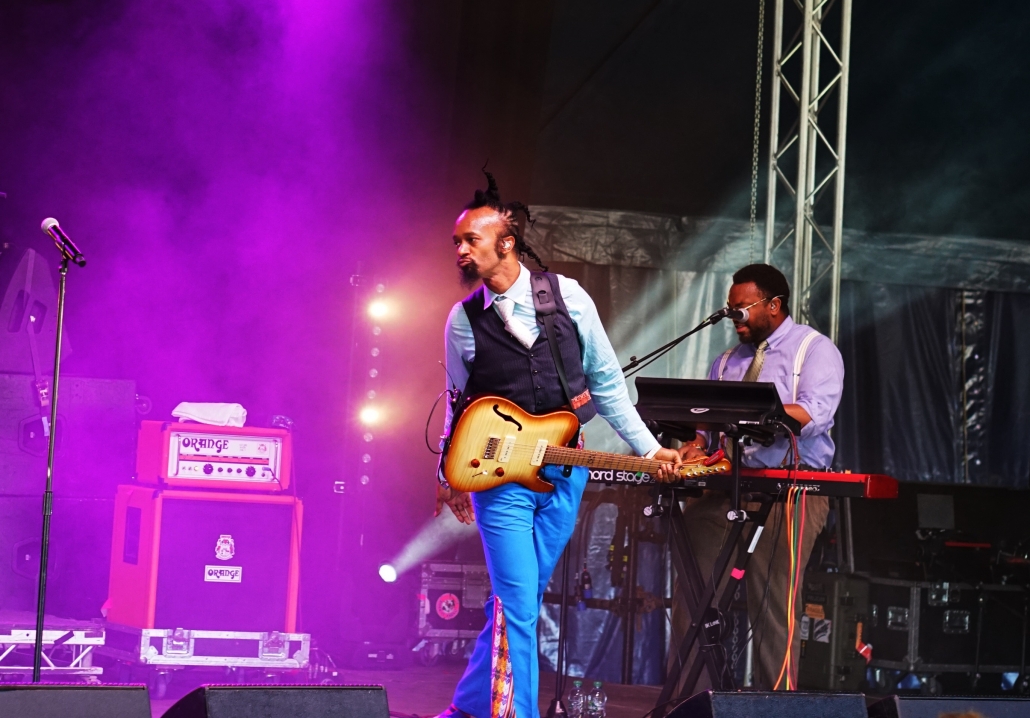
We also received praise from Brant Bjork who’s guitarist and himself picked up the Pedal Baby a few weeks back to take on tour; ‘We all want that vintage sound that Hendrix had from his Marshall stacks playing to thousands of people. We might not necessarily play venues that size which means a stack of amps would be excessive, however, this little head is the best thing we’ve come across giving us that vintage tone, as well as being tiny and easy to take on tour, it’s perfect.’ Two times Grammy award winning and king of charisma Fantastic Negrito also shared his love for the amps stating he ‘Hadn’t played an Orange for more than 20 years, but they sound so good and look so much better than any other amp out there so I’ll be back in touch to talk more about them…’
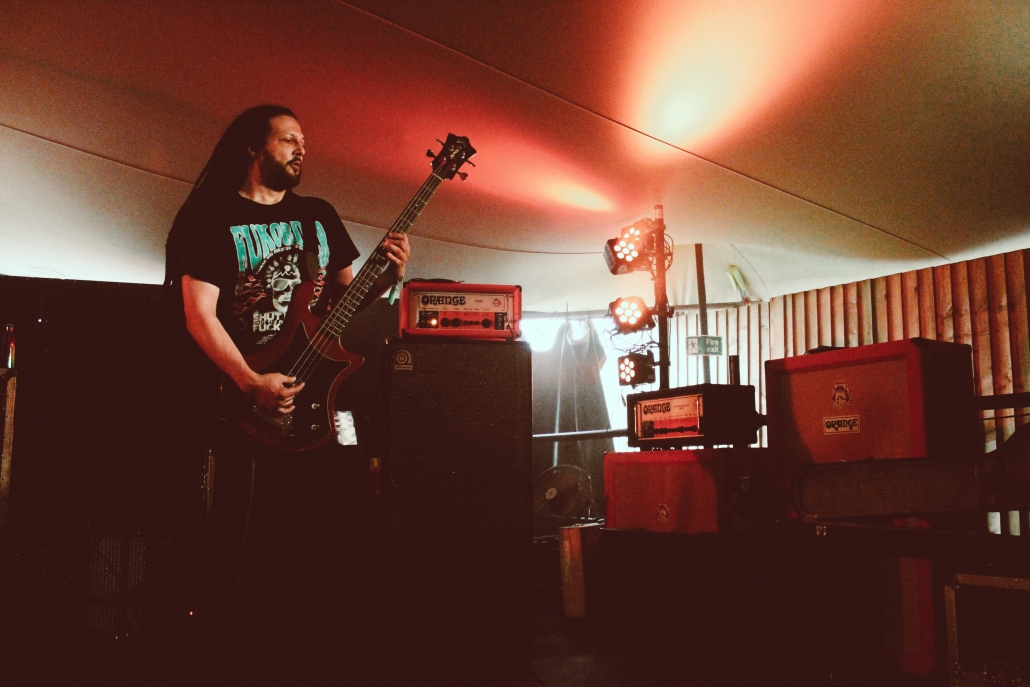
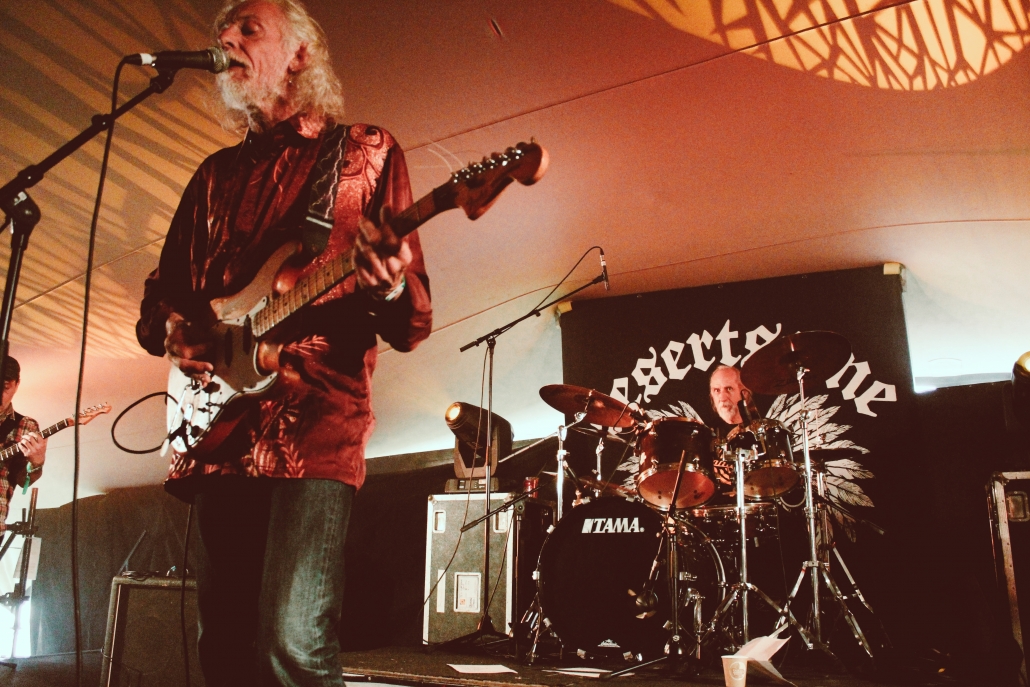
As far as for the rest of the time spent there, we bounced between stages trying to catch as many bands as possible, as well as stopping by London locals Desertscene, they curated this year’s Roadhouse stage where we saw the likes of The Groundhogs, The Vintage Caravan, Radio Moscow and more, a few acts to pick us up after getting too snoozy in the sun.
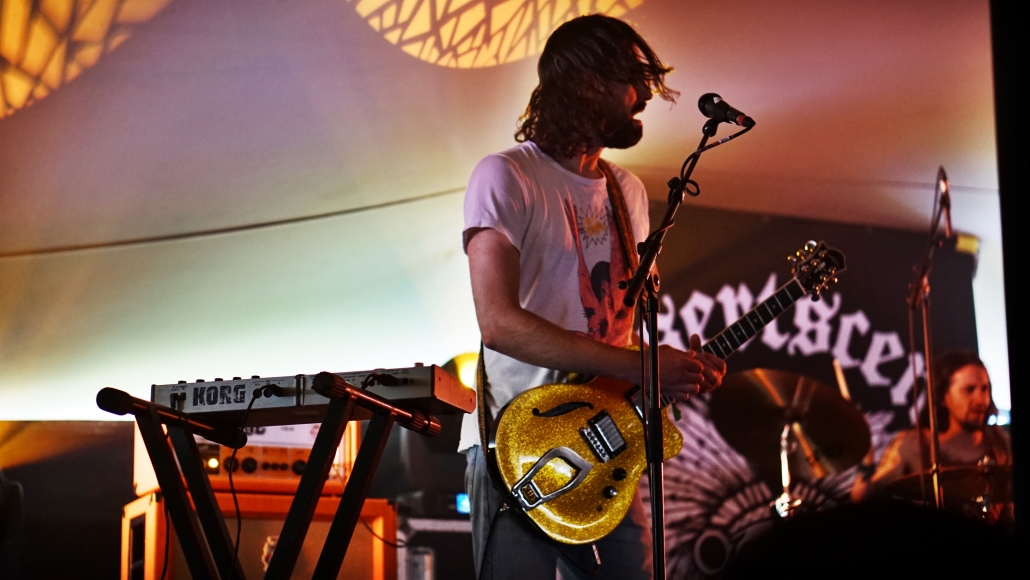
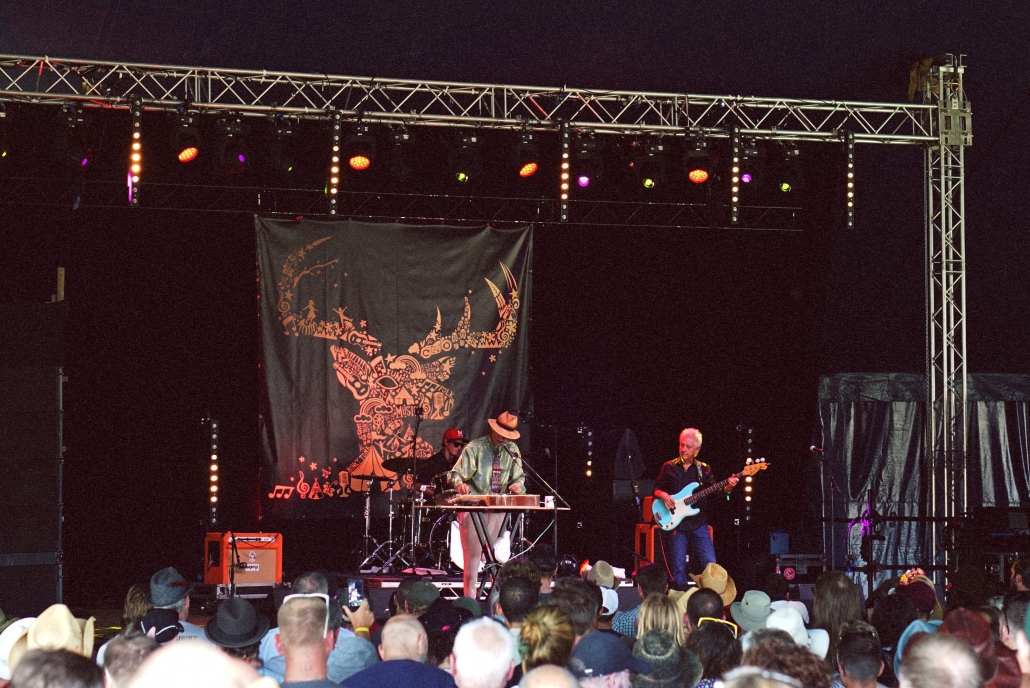
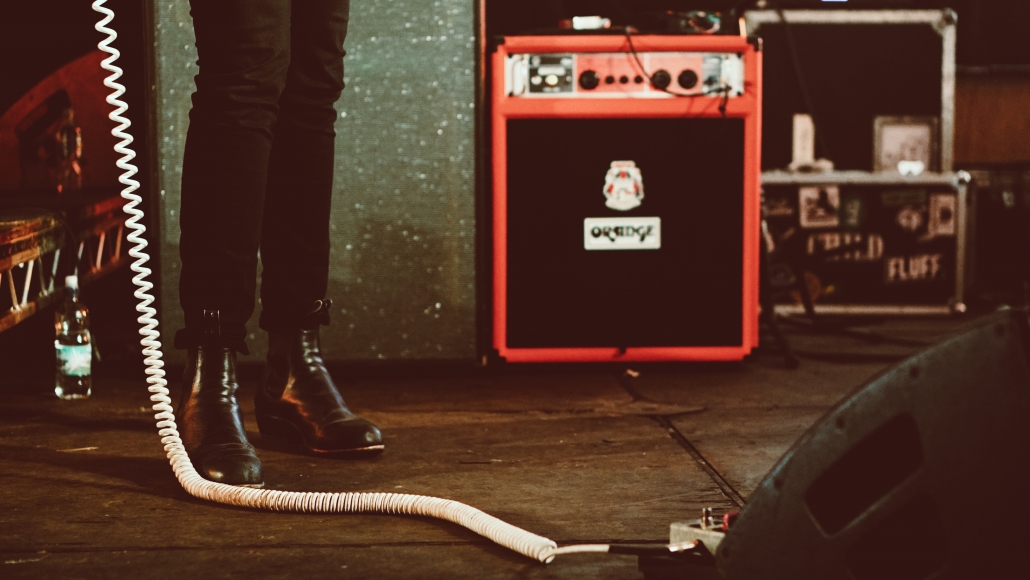
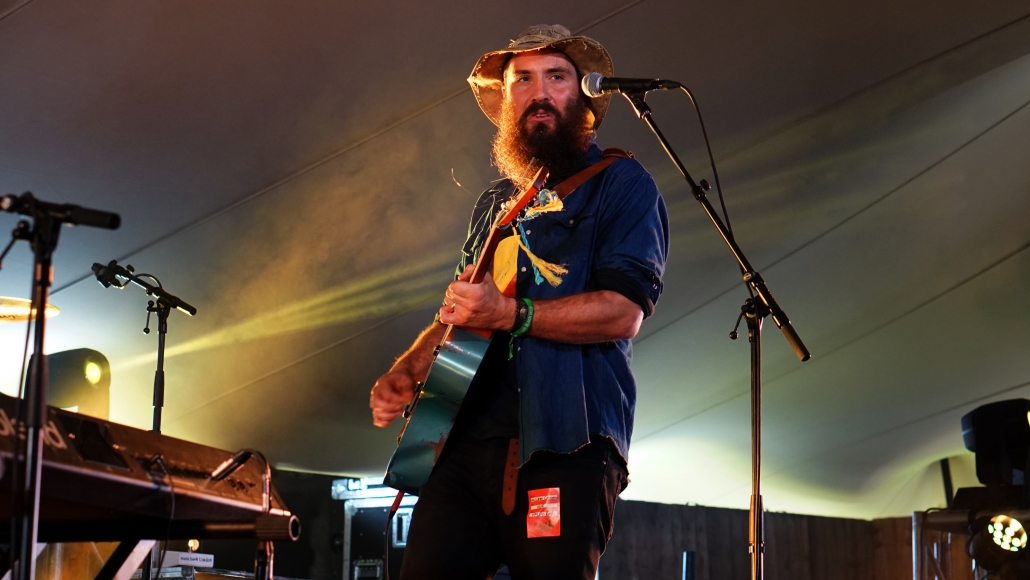
Let’s cut to the chase.
When we’re talking about blues amplification the apple fell a long way from the tree of its origins. Yet there’s something fundamentally organic about the sound of the blues that hasn’t been lost in translation.
That’s because the foundation of blues lies in the roots.
Just like a tree, breaks overtime spawn new saplings, fed from a lineage of ancient roots that continue to feed musicians. Inspiring them to push their limits, evolving in ways that are almost indistinguishable from their forbearers.
But once you get down in the mud you’ll notice that everything that was, still is.
To some extent, it takes a lot of imagination to tell the story of blues amplification. But what we do know is before amplification; we had the acoustic blues. A melting pot of sound, mixed up from traditional string bands, folk, Creole and Broadway theatre songs.
It’s no surprise that legends like Robert Johnson originally made their crust playing American show tunes at Juke joints. These places were wild and unruly, the name itself ‘Juke’ comes from the Gullah word ‘joog’ or ‘jug’ meaning rowdy or disorderly. So the need for louder instruments was a prerequisite. Resonators became widely used for those who could afford them. Not many of these players could.
Consider the first amplifiers these blues legends were using. Makeshift designs built by converting old radios. They were pure grit; filthy dirt that was brutality embodied.
The Orange Rocker 32 is the perfect amp to achieve that level of grime. All valve monster tone within the footprint of a self-contained stereo combo. This is an amp designed for experimentation.
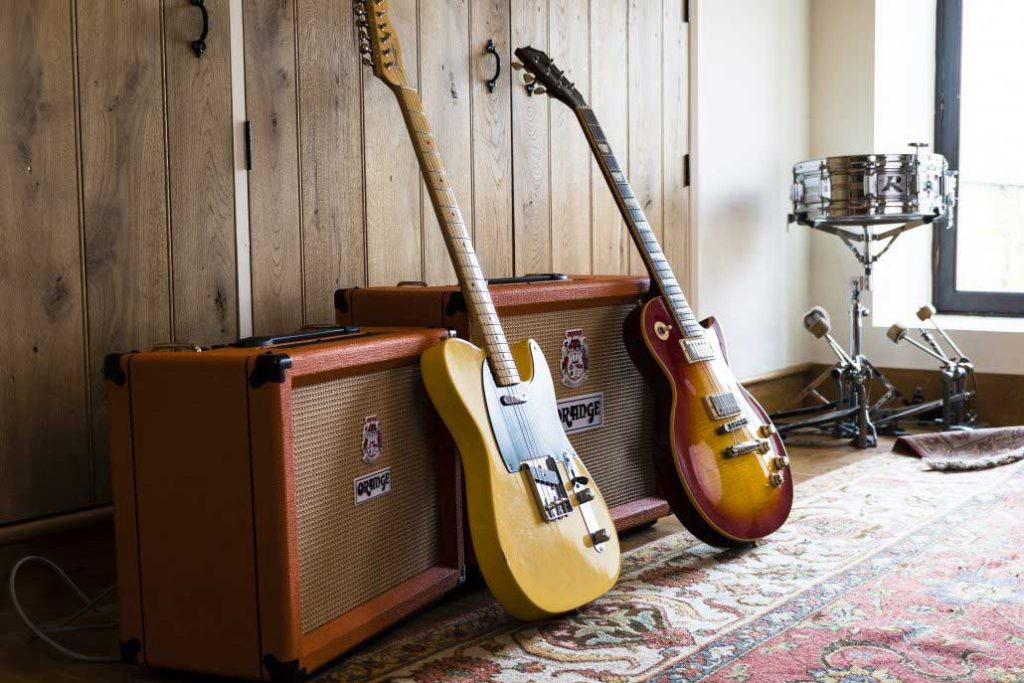
Just as the pioneers had rewired and retubed army issue radios (often players would swap out the smoother 6v6s for European standard EL34s) to create roaring beasts usually resigned to closing time on a Saturday night, the Orange Rocker 32 gives you so much flexibility.
12AX7s on the front end allows you to dial the distortion all the way up to Mr Nasty while the 12AT7s give more headroom and chimey cleaner tone. Add in 4 x EL84’s at the power amp stage and the whole thing fires up when overdriven.
Now the old school blues players didn’t have luxurious stereo effects returns with separate valve output stages, but you can be sure they would have been melting heads in the process.
Some other cool features include half power mode for tinnitus-free wailing, perfect for those who don’t want to experience the deafening silence of a motor shelling during an intimate gig.
Many of the Delta players migrated northwards during the great depression, up to the Mississippi and along Highway 61 towards the big city lights of Chicago, from there, blues exploded.
Where money flows, technology grows, and with that amplifier design took off. Classics amps that today now symbolise the American sound became a common workhorse for blues musicians.
Those amps though from back in the day were dirty beasts. The players; innovators. So when it comes to getting close to those classic sounds you got to think about what was going on over there.
Amplifiers were being modded and tweaked, each one was unique, often driven by a need to keep the thing going long enough to play out the next gig. It’s said that when Keith Richards and Eric Clapton paid homage to their heroes by meeting them on American soil they were expected them to be wielding Gibsons, but in fact, they were playing Kays. A perception that comes from an ability to play the hell out of anything and make it sound badass.
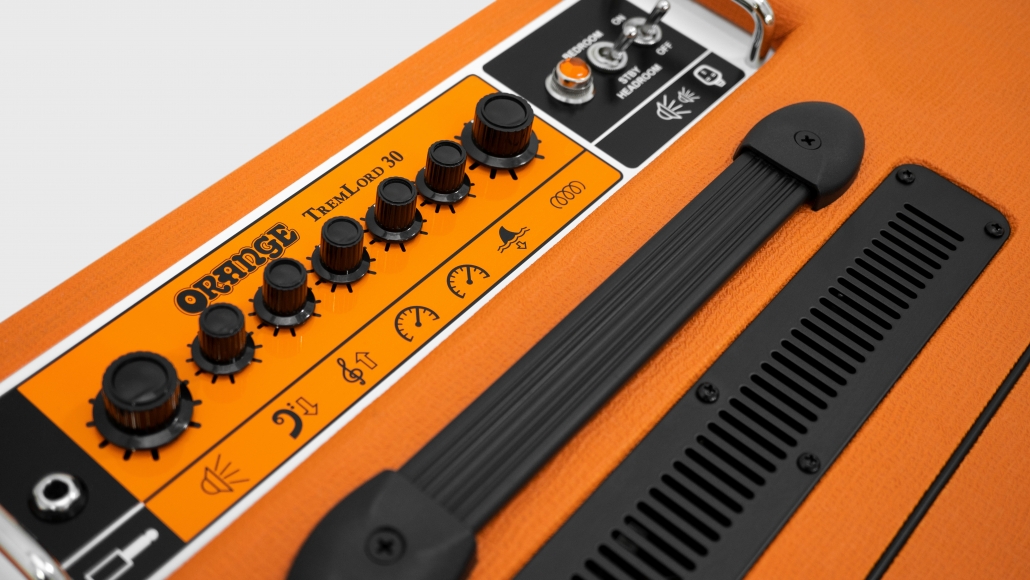
The TremLord 30 is an Orange take on the classic amps that were around in the 50s. It’s quite likely that this beefed up vintage design is an accurate reflection of what was in use, opting for EL84 (nee EL34s) that break up more than the 6v6 type American tube.
What those guys wouldn’t have were contemporary FX chains that give you far more flexibility without suffering tonal loss.
Probably the single most beautiful thing to happen in modern-day amplifier design is to drop the volume but still retain the springiness of a valve amp. That means you don’t need a plethora of amps to keep you away from an anti-social behaviour order.
Orange, as you may know, played a role in sculpting the sound of the blues from the late 60s when Fleetwood Mac took the first Orange rig out across America. This was a big step away from those early blues players who sacrificed blood and bone to amplify their sound.
This was a wall of sound, thick with mid-ranged compression, tar-like, knurled and jagged edges reminiscent of sun-beaten highways where its origins were performed in road worker campsites. A sound that rang on endlessly as the birds picked at the carrion that laid in their wake, and which has evolved beyond comprehension, yet still is as relevant now as it was 50 years ago.
The amplifier which embodies the spirit of the British sound is the Orange AD30, our flagship all-valve amplifier.
So we’ll let the music do the talking:

Faith.
Confidence in trust.
A pledge to the prophets of tone, made at the altar of our craft where rites are read from the runes of bass, middle and treble. A place where magicians dance between dark tones of hallowed wood and the breath of expression. The resonance of two materials, alchemy forged on an anvil of skin and bone.
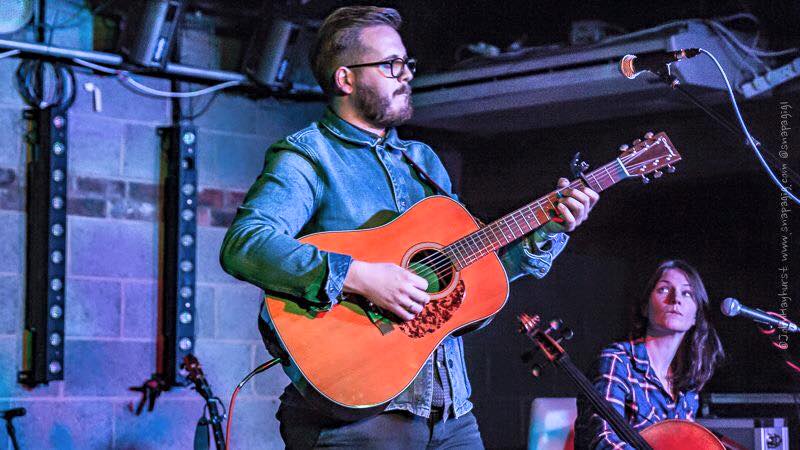
Songwriting is a spiritual matter. This is especially true when producing music on an acoustic instrument where nuances of tone really do help to create something far more personal. Stripped back to its bare essentials; the tonewood, the ores, alloys or gut, the person making the connection. Yet translating that personal feeling live or digitally can prove to be illusive, especially when time constraints are put into play.
The Orange Acoustic Pre is our answer to the working musician’s prayer.
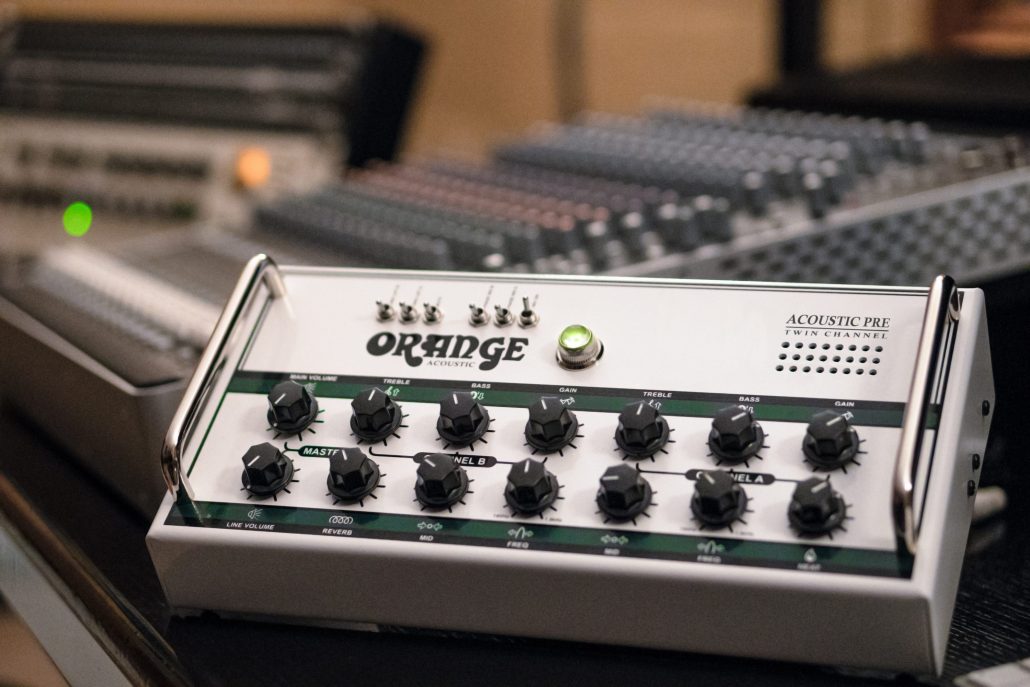
The Orange Acoustic Pre faithfully represents the vibe you felt that very first time you penned your own personal masterpiece. A true analogue unit that can be as versatile as you want it to be. Simmering with rich harmonics, providing the warmth and natural compression previously reserved for the higher echelon of audiophiles.
These days there’s plenty of excellent software plugins that replicate analogue circuitry, but there’s something about the body of true analogue equipment that feels honest.
Acoustic instruments can be unforgiving and so being able to dial your tone at the onset means you can capture the feeling right there and then. This matters because some of those first takes are the real gems; they ooze with passion and intent.
What the Orange Acoustic Pre does really well is the giving you a range of different flavours at your fingertips. It’s like the tapas of preamps, limited to what you need, but complementary to one another.
There are two channels. The first features an ECC83/12AX7 valve which gives two gain stages in one envelope. It’s designed to offer a wider frequency range than you’d expect from a regular guitar amp accenting those subtle nuances that embody the essence of an acoustic instrument. Of course, it wouldn’t be Orange without some heat, allowing fingerstyle players the luxury of added presence in the upper midrange.
The second channel takes a different approach, and in that is the genius of the design. An analogue solid-state channel provides a softer touch and incorporates XLR as well as ¼” input. For the home studio owner, these two channels can be blended right in the box, removing the need to manage multiple channels in your DAW. If you prefer, then both channels can be taken as mono feeds giving you total control over the sweet purity of analogue circuitry.
Stage sharing is a common thing, right? But while amplified bands are already in the tonal sweet zone, acoustic musicians are at the whim of the gods.
Onstage, the hope of good room acoustics and well rung out monitors are often met by shortcomings. Then there’s the front of house sound. In most instances, a half decent DI and some nice digital effects may warm up your tone. Personality, honed from years of crafting can be lost as subtleties become vague, thin and sterile. As a performer, that’s often met with a humbling exit from the stage without the radiance of a newly informed expecting mother.
If there were another option, you’d take it.
What the Orange Acoustic Pre does is remove the roll of the dice; fate no longer rests in the hands of Lady Luck. The onboard stereo reverb adds depth and ambience, guaranteed in your foldback mix, dialled in how you want it to sound. And if your beloved is a temperamental beast there are switches to quickly resolve feedback and phasing problems.
Solo acoustic performers (or at least small groups of musicians) have an almost perfect promotional vehicle through radio, but we all know the scenario. Time is scarce, you start overthinking; small things appear BIGGER, you then realise you made a fundamental mistake.
Against the highly compressed radio friendlies that run around the clock, a live performance is immediate. Once it’s captured it’s out there.
The beauty of the Orange Acoustic Pre is not only can you sculpt your tone away from the pressure cooker, but with two separate FX loops you can build on your tone. One channel can feature more expressive outboard FX, the other, pure analogue tone blended to perfection.
There’s no need for you to make the sacrifice.
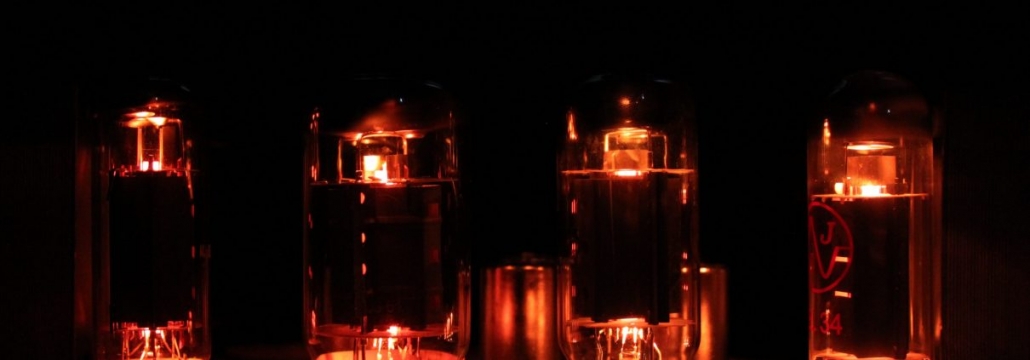
Like sediment, rock music has been compounded by time. Layers of innovation and genius have terraformed our culture, leading to two unique sounds that lay either side of the Atlantic Ocean. We are of course talking about the American and British sounds of rock.
Delta Blues, a contemporary to the folk music of plantations in the southernmost states of America carried with it the soul of African American sentiment; there it stayed until mid-1930s. Its transience, owing to the affordability of tabletop radios powered by pioneering 6v6 valve technology spread the sound of the blues up the Mississippi; eventually evolving into electrified Chicago blues.
Electric amplifiers carved a new sound into the bedrock of the music industry. Inside, those same 6v6 valves, once providing comfort to wartime widows awaiting the return of their loved ones, became synonymous as the sound of American rock and roll. Open and glassy; unforgiving as they are transparent, 6V6 tubes provided an almost cheery optimism for an economy recovering from the brink of collapse.

In part, the American sound maintained its roots in the country styles from which has been a staple of the pop music since the ‘20s. It’s ideally suited to articulate picked or plucked notes, highlighted with a bold, solid voicing and bright top end. Just like audio production methods still used today, the American sound is tight and precise.
But on the other side of the pond, an alternate path was being drawn. Manufacturers adopted a higher-powered newcomer known as the EL34 that soon became a staple for use in British guitar amplifier design.
The EL34 reflected the gritty realism of post-war Europe, a dark time that was played out through the music, with guitarists expressively pushing their amps to the edge. The EL34 valve was perfect for the role; its scooped mids, gave a nastier, forward and downright aggressive tone without necessarily distorting the signal.
A bullish, British sound that gave Hendrix the headroom to expend blistering performances, driving home a wall of sound from his favoured Marshall Plexi Amps right up to his 1969 performance at Woodstock. From that point onwards players were looking for something extra to make their mark, and they found that in Orange Amplifiers.
Fleetwood Mac, one of Orange Amplifier’s first endorsees took the first Orange rig on a three-month tour of America in the winter of 1969, and although the true voicing of the EL34 valves had yet to be realised. Neither the less, a monster wall of tone pummelled through six 100-watt amps (two with standalone spring reverb units) and 16 speaker cabinets (a mix of rectangular 4x12s and 2x12s), making the world take note.
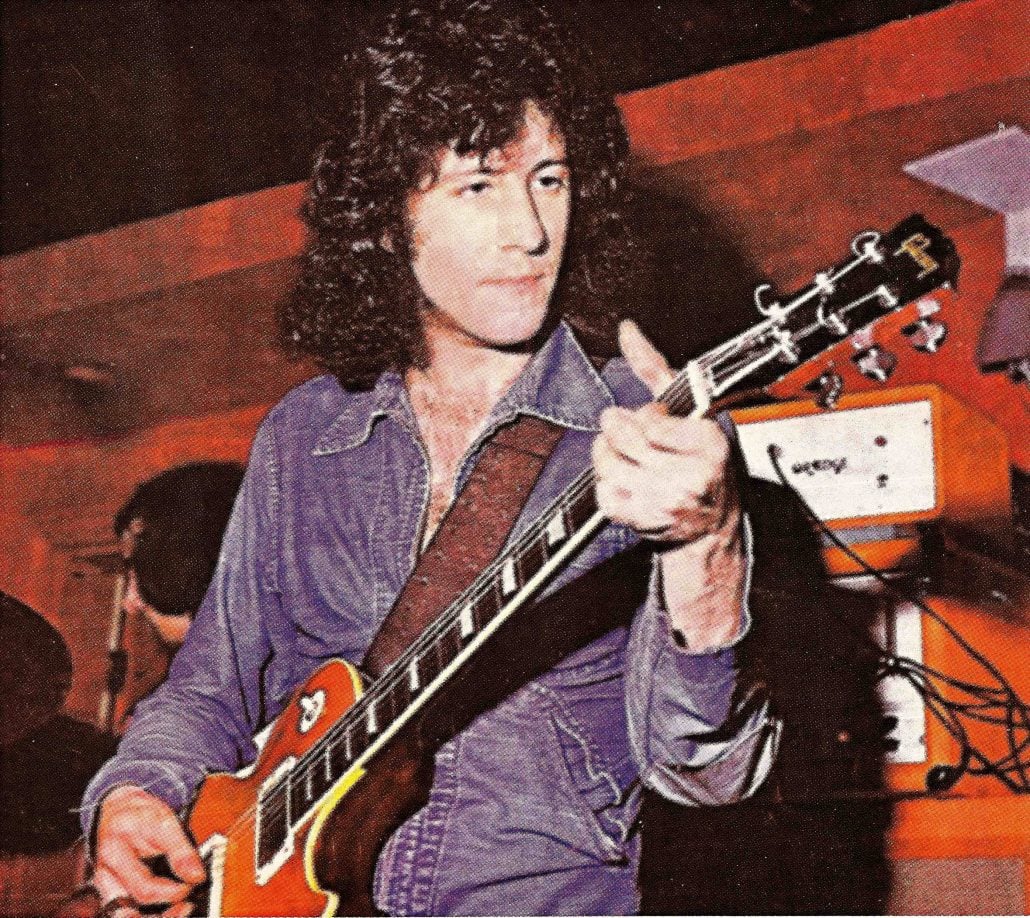
By the 1970s, the first true Orange Amp, the GRO100 Graphic Overdrive amp came to be, with those classic EL34 tubes being ground into by the front-end input. That thick mid-range compression breaking up in a raw, unadulterated way voiced the British sound of many classic rock albums of that era.
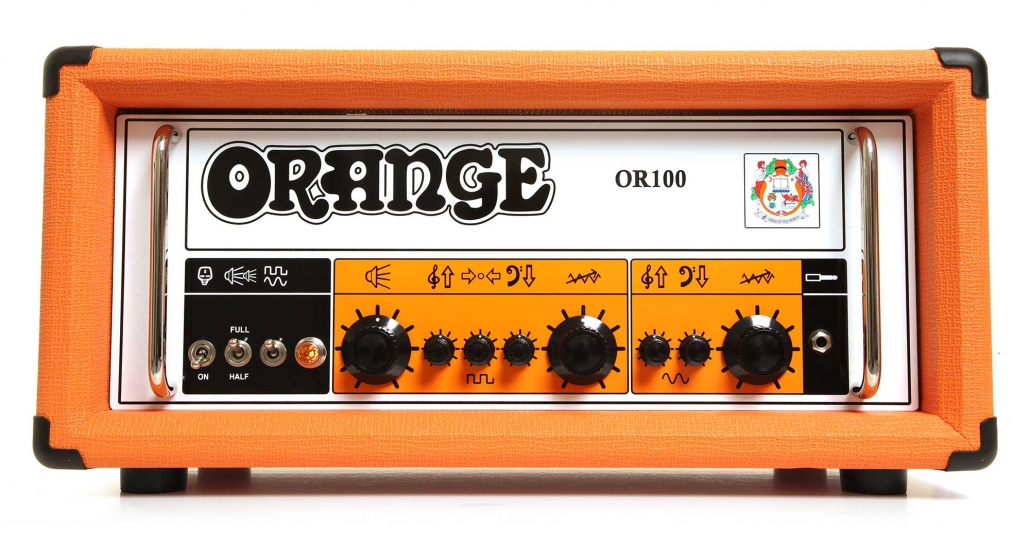
By the 1980s music had evolved from those heady days of psychedelic hippy rock and valve amps fell out of favour, eventually being replaced in guitar music with solid-state amplification.
In the mid-90s that signature Orange Amplifier sound broke new boundaries as Oasis conquered the record industry worldwide, of which Noel Gallagher used Orange OR series amplifiers to record his first two albums. An example of that classic tone can be heard on Some Might Say featured on their 1995 release, ‘What’s the Story) Morning Glory.
Times have moved on since the early OR series amplifiers with the modern equivalent, the Orange OR15 features EL84 power tubes. EL84s give that same British roar but with less headroom, allowing the amp to break up faster. They don’t blow your head off in smaller spaces, but still retain that classic grit tone.
Fans of all things tube require more raw power than the OR15. The AD30 is a 30-watt Class A amplifier that offers more flexibility to tonal flavours than a gelato ice cream seller on Brighton Pier.
Along with that vintage British power amp distortion, a second channel offers a creamy, classic voice; a Swiss Army knife of amplifiers, like the bastard son of the Vox AC-30 but with that earth-shaking Orange tone. A lovechild embraced by Jimmy Page of which can be heard on the 1999 record, Jimmy Page and The Black Crows ‘Live at the Greek’.
Since 2004 the British tone has received a pumped-up steroid-fuelled monster called the Rockerverb, genetically modified to satisfy the tastes of touring musicians that want to fully manipulate headroom, volume and the wrangle with the beast within. Today’s Rockerverb 50 MKiii disregards the protest movements of the old guard, instead choosing direct action with chimey cleans and iconic gain tones that goes from classic British crunch through to the darkest, heaviest modern genres.
If you want a great example of the Rockerverb 50 MKiii in action listen to Mothership’s 2017 release ‘High Strangeness’:
There’s no denying that the two sounds, British or American are distinct. So much so that when it came to producing all-analogue solid-state amplifiers that personality had to shine through.
The Crush Pro series is the epitome of that transition. The analogue signal path allows for those rich tonal characteristics, the hallmark British sound combined with the ruggedness of a solid-state amp. Two channels, one is a classic vintage-inspired design with sparkle at the top end, but as you push it a bluesy crunch oozes from within. Channel two matches closely to the Rockerverb’s high gain aggression. Flying the British flag of inclusivity, yet tipping the hat to those across the pond.
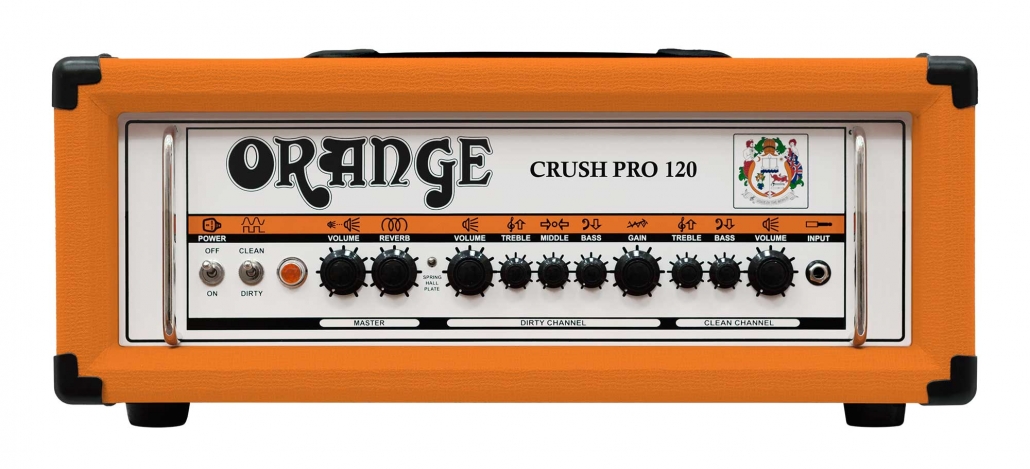
Rock music has always been about pushing the limits, from its roots through to the complexity of modern-day performances featuring an array of tonal weaponry laid at the feet of giants. And that British sound, still as prominent as ever, lives on because British amplifiers give that something extra.
And like many great mix engineers will tell you: ‘It’s better to cut from a sound than it is to add to it’.
Words: Naomi MacLeod Photo credits: Kristy Hal Photography
My name’s Naomi, I work for Musicmaker, a long-standing rock and roll retail establishment, and distributor of Orange Amps, in Dublin. I also volunteer at a rock camp for young women* called Girls Rock Dublin.
Girls Rock Dublin is a non-profit group that runs camps and events for young women*. Taking its cue from Girls Rock Camp, the music camp launched in Portland, Oregon in 2001, GRD’s mission statement champions “building girls’ self-esteem through music creation and performance”.
Each GRD camp so far has seen, in the space of 5 days (the 5th of which is a gig!), campers go from having never touched an instrument, to performing as a band, playing songs they’d had only 4 short days to compose. I’ve worked on each GRD camp to date as Bass Coach. Each student comes with different levels of experience, but usually a student has little to no prior experience with the instrument, so quick learning and good teamwork is imperative. To compose and perform a song in the camp timeframe is a remarkable feat for most gigging musicians, nevermind a young person who has had to work with people they’ve never met, learn an instrument they’ve never played, and perform a piece having never performed to a crowd before. The atmosphere at each end-of-camp gig is electric, and the rocking out, catharsis and raw expression witnessed in the band performances is nothing short of inspiring.
On the first day of camp, an “Instrument Carousel” is installed – 5 rehearsal rooms each dedicated to an instrument (guitar, bass, drums, vocals, keys),that each camper visits and decides which instrument they feel most drawn to. The following days are comprised of instrument lessons in the morning, followed by band practice, with workshops and group meetings dotted throughout. The camp atmosphere is amazing, with the buzz of young musicians meeting like-minded people, workshops being given by local artists, a constant emphasis on positive expression, a respectful space, and of course learning.
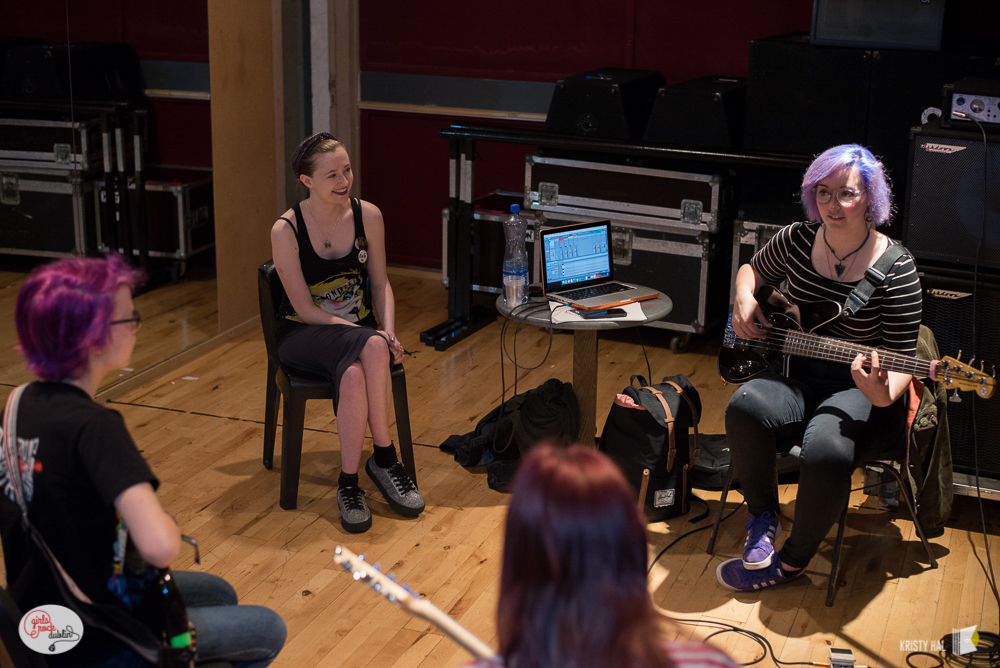
The camp culminates in a concert given by the bands (all of whom have a name and have had a band photoshoot by this point!), each performing their pieces which only a few days before, didn’t exist. It’s a pretty amazing thing to witness.
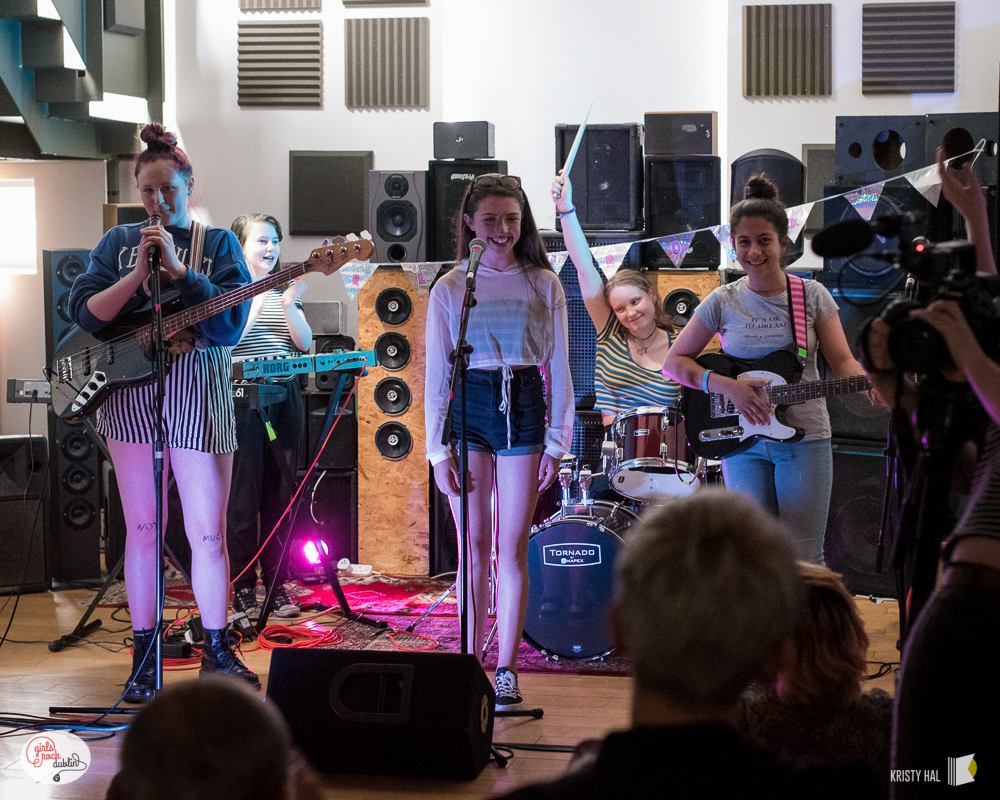
Musicmaker is delighted to provide support to Girls Rock Dublin on each camp in the form of equipment support. We aim to provide a welcoming and comfortable retail space for young women, and acknowledge the fantastic work GRD does in giving space to young women starting their musical journey. Campers who shop with us following their GRD experience undoubtedly have an increased brand awareness, and are keen to play the amps and instruments they see their idols rocking onstage.
These are the young musicians we
will see rocking festival stages in years to come.
Applications are now
open for Girls Rock Dublin 2019 summer camp (ages 12-17) at http://www.girlsrockdublin.com.